Do You Need to See a Doctor for Shingles: Shingles – Diagnosis and Treatment
What is shingles and when should you see a doctor for it? Understand the symptoms, diagnosis, and treatment of shingles.
Understanding Shingles
Shingles, also known as herpes zoster, is a viral infection caused by the varicella-zoster virus, the same virus that causes chickenpox. After a person has had chickenpox, the virus remains dormant in the body’s nerve cells. In some individuals, the virus can reactivate later in life and cause shingles.
Symptoms of Shingles
The main symptom of shingles is a painful rash that develops on one side of the body, often in a band-like pattern. The rash begins with red patches that eventually develop into fluid-filled blisters. Other common symptoms include:
- Tingling, itching, or pain in the affected area before the rash appears
- Fever, chills, and headache
- Sensitivity to touch
- Fatigue
Diagnosing Shingles
In most cases, a healthcare provider can diagnose shingles based on the characteristic rash and symptoms. However, in some cases, further tests may be necessary, such as:
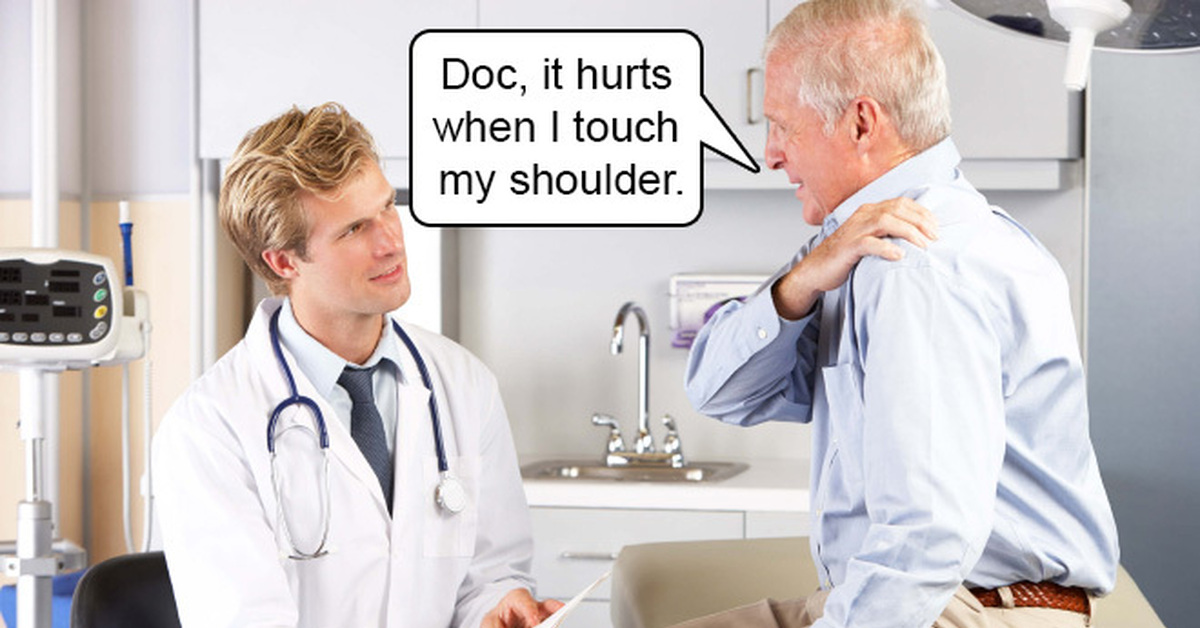
- Skin lesion testing: A sample of the fluid from the blisters may be tested to confirm the presence of the varicella-zoster virus.
- Blood tests: Blood tests can detect antibodies to the varicella-zoster virus, which can help confirm a diagnosis of shingles.
When to See a Doctor for Shingles
It is generally recommended to see a doctor if you suspect you have shingles. Prompt treatment can help reduce the severity and duration of the symptoms, as well as the risk of complications. You should seek medical attention if:
- You have a painful rash or blisters on one side of your body.
- You have a rash near your eyes, as this can lead to serious complications if not treated properly.
- You have a weakened immune system, as shingles can be more severe in these individuals.
- You are experiencing severe pain, fever, or other concerning symptoms.
Treatment for Shingles
The main goals of shingles treatment are to:
- Relieve pain and discomfort
- Promote healing of the rash and blisters
- Reduce the risk of complications
Treatment options for shingles may include:

- Antiviral medications: These medications, such as acyclovir, valacyclovir, or famciclovir, can help reduce the severity and duration of the shingles outbreak if taken early in the course of the illness.
- Pain relievers: Over-the-counter pain medications like acetaminophen or ibuprofen can help manage the pain associated with shingles.
- Topical treatments: Creams or lotions containing ingredients like calamine or menthol can help soothe the rash and blisters.
- Prescription medications: In some cases, healthcare providers may prescribe stronger pain medications, anti-seizure drugs, or corticosteroids to help manage the symptoms.
Preventing Shingles
The best way to prevent shingles is to get the shingles vaccine, which is recommended for adults aged 50 and older. The vaccine can significantly reduce the risk of developing shingles and the associated complications. It’s important to note that even individuals who have had shingles in the past can still benefit from the vaccine, as it can help prevent future outbreaks.
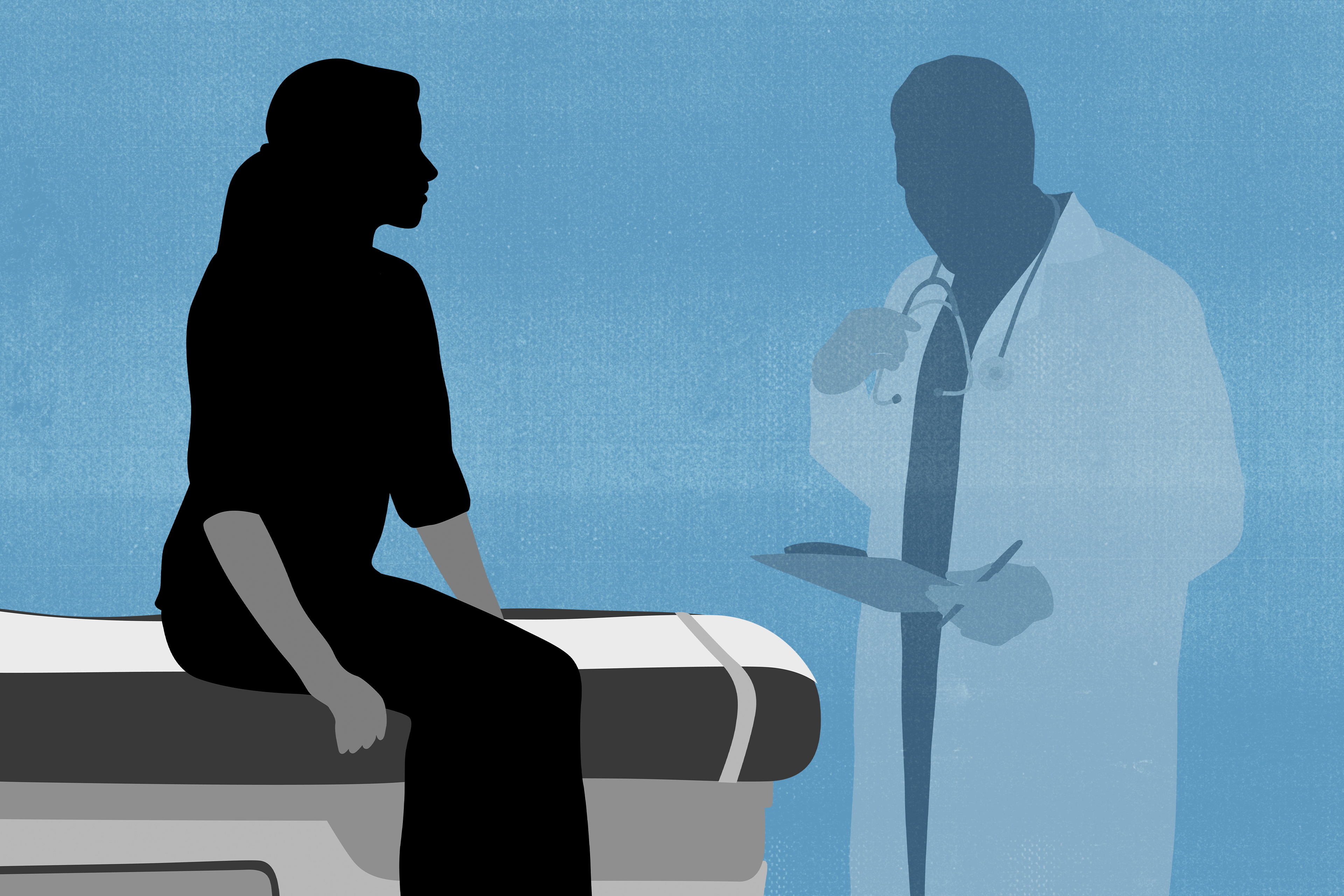
Complications of Shingles
While most cases of shingles resolve within 2-4 weeks, some individuals may experience complications, including:
- Post-herpetic neuralgia: This is a persistent, often debilitating pain that can last for months or even years after the rash has healed.
- Eye complications: Shingles affecting the eye area can lead to vision problems, including temporary or permanent blindness.
- Skin infections: The blisters can become infected, leading to additional complications.
- Neurological complications: Shingles can sometimes lead to inflammation of the brain (encephalitis) or other neurological problems.
If you experience any of these complications or have concerns about your symptoms, it’s important to seek prompt medical attention.
Conclusion
Shingles is a painful and potentially serious condition, but it is treatable. If you suspect you have shingles, it’s important to see a healthcare provider as soon as possible. With proper diagnosis and treatment, the symptoms of shingles can be managed, and the risk of complications can be reduced. Remember, early treatment is key, so don’t hesitate to seek medical attention if you have concerns.

Shingles: Diagnosis and treatment
Diseases & conditions
-
Coronavirus Resource Center
-
Acne
-
Eczema
-
Hair loss
-
Psoriasis
-
Rosacea
-
Skin cancer
-
A to Z diseases
-
A to Z videos
- DIY acne treatment
- How dermatologists treat
- Skin care: Acne-prone skin
- Causes
- Is it really acne?
- Types & treatments
- Childhood eczema
- Adult eczema
- Insider secrets
- Types of hair loss
- Treatment for hair loss
- Causes of hair loss
- Hair care matters
- Insider secrets
- What is psoriasis
- Diagnosis & treatment
- Skin, hair & nail care
- Triggers
- Insider secrets
- What is rosacea
- Treatment
- Skin care & triggers
- Insider secrets
- Types and treatment
- Find skin cancer
- Prevent skin cancer
- Raise awareness
- Español
Featured
Reduce summertime rosacea flare-ups
The sun, heat, and humidity can all trigger rosacea and lead to flare-ups. Find out how you can enjoy summer while reducing flare-ups.
Find out how you can enjoy summer while reducing flare-ups.
JAK inhibitors: A newer type of medication
JAK inhibitors are helping patients with alopecia areata, eczema/atopic dermatitis, psoriasis, and vitiligo. Here’s what you need to know.
Everyday care
-
Skin care basics
-
Skin care secrets
-
Injured skin
-
Itchy skin
-
Sun protection
-
Hair & scalp care
-
Nail care secrets
- Basic skin care
- Dry, oily skin
- Hair removal
- Tattoos and piercings
- Anti-aging skin care
- For your face
- For your skin routine
- Preventing skin problems
- Bites & stings
- Burns, cuts, & other wounds
- Itch relief
- Poison ivy, oak & sumac
- Rashes
- Shade, clothing, and sunscreen
- Sun damage and your skin
- Aprenda a proteger su piel del sol
- Your hair
- Your scalp
- Nail care basics
- Manicures & pedicures
Featured
Practice Safe Sun
Everyone’s at risk for skin cancer. These dermatologists’ tips tell you how to protect your skin.
These dermatologists’ tips tell you how to protect your skin.
Relieve uncontrollably itchy skin
Find out what may be causing the itch and what can bring relief.
Darker Skin Tones
-
Skin care secrets
-
Hair care
-
Hair loss
-
Diseases & Conditions
- Acne
- Dark spots
- Dry skin
- Light spots
- Razor bumps
- Caring for Black hair
- Scalp psoriasis
- Weaves & extensions
- Central centrifugal cicatricial alopecia
- Frontal fibrosing alopecia
- Hairstyles that pull can cause hair loss
- Acanthosis nigricans
- Acne keloidalis nuchae
- Hidradenitis suppurativa
- Keloid scars
- Lupus and your skin
- Sarcoidosis and your skin
- Skin cancer
- Vitiligo
- More diseases & conditions
Featured
Fade dark spots
Find out why dark spots appear and what can fade them.
Untreatable razor bumps or acne?
If you have what feels like razor bumps or acne on the back of your neck or scalp, you may have acne keloidalis nuchae. Find out what can help.
Cosmetic treatments
-
Your safety
-
Age spots & dark marks
-
Cellulite & fat removal
-
Hair removal
-
Scars & stretch marks
-
Wrinkles
-
Younger-looking skin
Featured
Laser hair removal
You can expect permanent results in all but one area. Do you know which one?
Do you know which one?
Scar treatment
If you want to diminish a noticeable scar, know these 10 things before having laser treatment.
Botox
It can smooth out deep wrinkles and lines, but the results aren’t permanent. Here’s how long botox tends to last.
Public health programs
-
Skin cancer awareness
-
Free skin cancer screenings
-
Kids’ camp
-
Good Skin Knowledge
-
Shade Structure grants
-
Skin Cancer, Take a Hike!™
-
Awareness campaigns
-
Flyers & posters
-
Get involved
- Lesson plans and activities
- Community grants
Featured
Free materials to help raise skin cancer awareness
Use these professionally produced online infographics, posters, and videos to help others find and prevent skin cancer.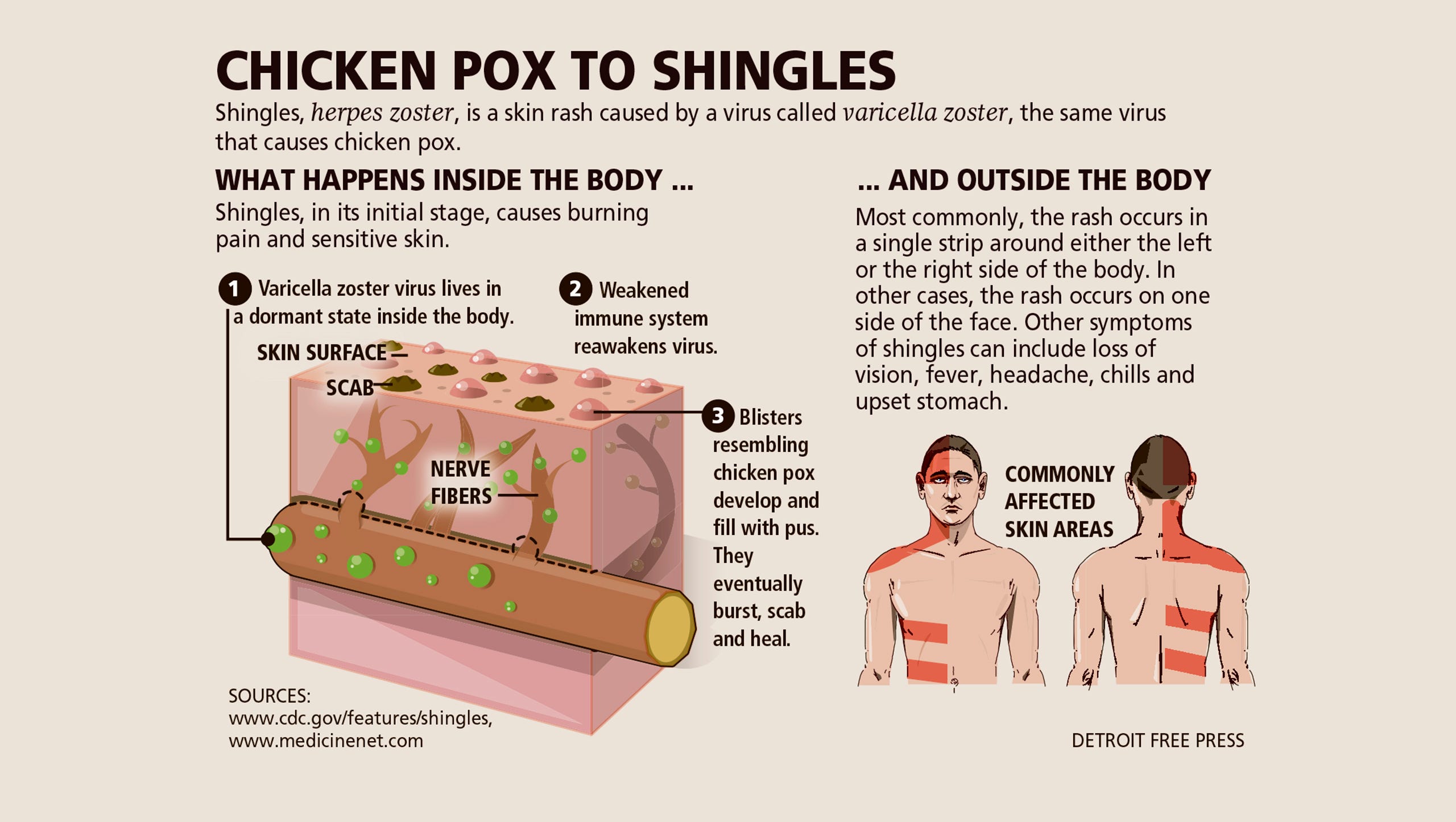
Dermatologist-approved lesson plans, activities you can use
Free to everyone, these materials teach young people about common skin conditions, which can prevent misunderstanding and bullying.
Find a dermatologist
-
Find a dermatologist
-
What is a dermatologist?
-
FAAD: What it means
-
How to select a dermatologist
-
Your digital health
-
Prior authorization
-
Dermatologists team up to improve patient care
- Finding accurate health information
- Health apps
- Wearable medical devices
- Telemedicine
- Protect your information
Featured
Find a Dermatologist
You can search by location, condition, and procedure to find the dermatologist that’s right for you.
What is a dermatologist?
A dermatologist is a medical doctor who specializes in treating the skin, hair, and nails. Dermatologists care for people of all ages.
Shingles – Symptoms & causes
Overview
Shingles is a viral infection that causes a painful rash. Shingles can occur anywhere on your body. It typically looks like a single stripe of blisters that wraps around the left side or the right side of your torso.
Shingles is caused by the varicella-zoster virus — the same virus that causes chickenpox. After you’ve had chickenpox, the virus stays in your body for the rest of your life. Years later, the virus may reactivate as shingles.
Shingles isn’t life-threatening. But it can be very painful. Vaccines can help lower the risk of shingles. Early treatment may shorten a shingles infection and lessen the chance of complications. The most common complication is postherpetic neuralgia. This is a painful condition that causes shingles pain for a long time after your blisters have cleared.
The most common complication is postherpetic neuralgia. This is a painful condition that causes shingles pain for a long time after your blisters have cleared.
Products & Services
Symptoms
Shingles symptoms usually affect only a small section on one side of your body. These symptoms may include:
- Pain, burning or tingling
- Sensitivity to touch
- A red rash that begins a few days after the pain
- Fluid-filled blisters that break open and crust over
- Itching
Some people also experience:
- Fever
- Headache
- Sensitivity to light
- Fatigue
Pain is usually the first symptom of shingles. For some people, the pain can be intense. Depending on the location of the pain, it can sometimes be mistaken for problems with the heart, lungs or kidneys. Some people experience shingles pain without ever developing the rash.
Most commonly, the shingles rash develops as a stripe of blisters that wraps around either the left or right side of the torso. Sometimes the shingles rash occurs around one eye or on one side of the neck or face.
Shingles
Shingles is characterized by pain or a tingling sensation in a limited area on one side of the face or torso, followed by a red rash with small, fluid-filled blisters.
When to see a doctor
Contact your health care provider as soon as possible if you suspect shingles, especially in the following situations:
- The pain and rash occur near an eye. If left untreated, this infection may lead to permanent eye damage.
- You’re 50 or older. Age increases your risk of complications.
- You or someone in your family has a weakened immune system. This may be due to cancer, medications or chronic illness.
- The rash is widespread and painful.
Causes
Shingles is caused by the varicella-zoster virus — the same virus that causes chickenpox.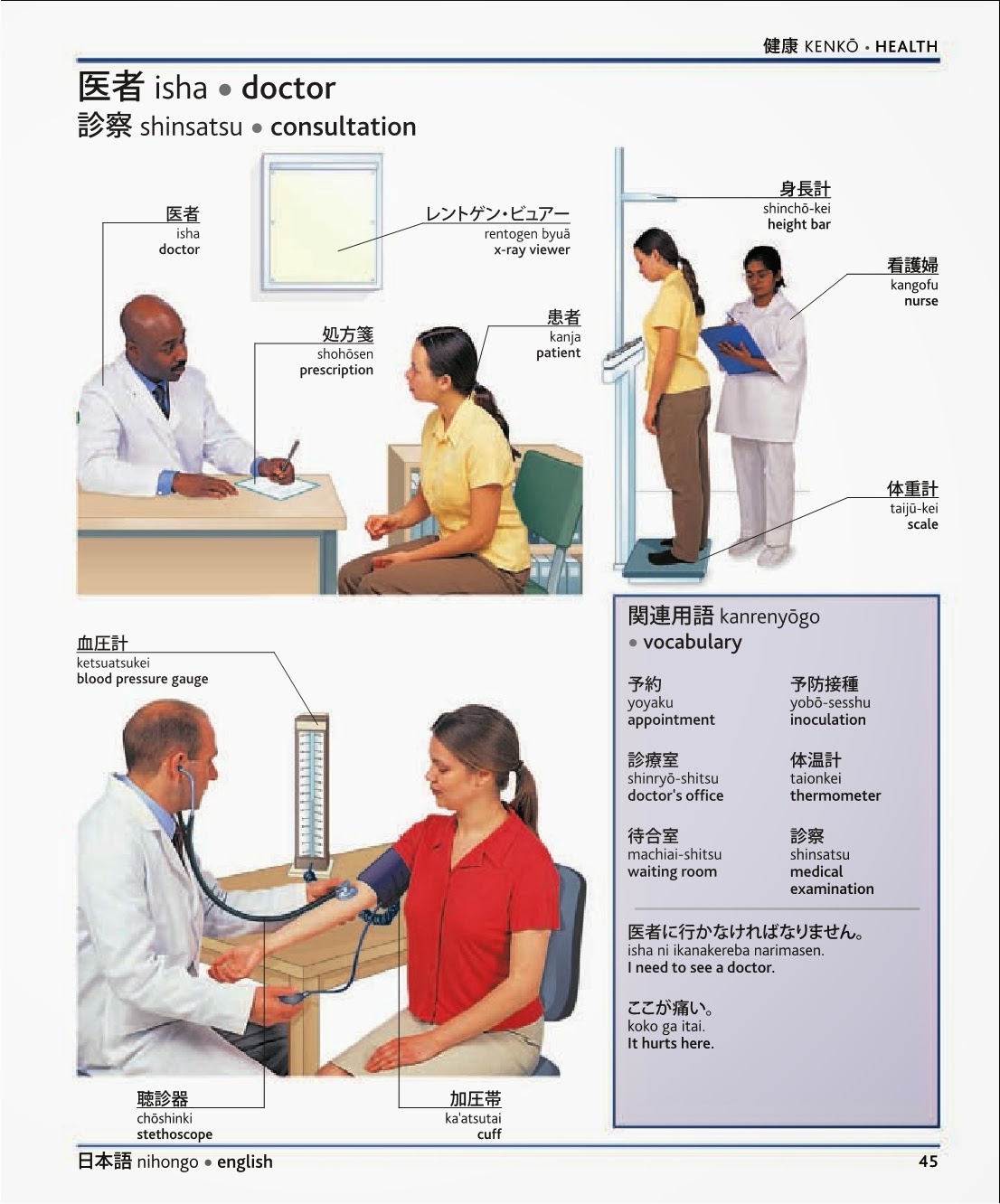-p047.jpg) Anyone who’s had chickenpox may develop shingles. After you recover from chickenpox, the virus enters your nervous system and stays inactive for years.
Anyone who’s had chickenpox may develop shingles. After you recover from chickenpox, the virus enters your nervous system and stays inactive for years.
Sometimes the virus reactivates and travels along nerve pathways to your skin — producing shingles. But not everyone who’s had chickenpox will develop shingles.
The reason for shingles is unclear. It may be due to lowered immunity to infections as people get older. Shingles is more common in older adults and in people who have weakened immune systems.
Varicella-zoster is part of a group of viruses called herpes viruses. This is the same group that includes the viruses that cause cold sores and genital herpes. As a result, shingles is also known as herpes zoster. But the virus that causes chickenpox and shingles isn’t the same virus that causes cold sores or genital herpes, which is a sexually transmitted infection.
Shingles affects the nerves
The shingles rash is associated with an inflammation of nerves beneath the skin.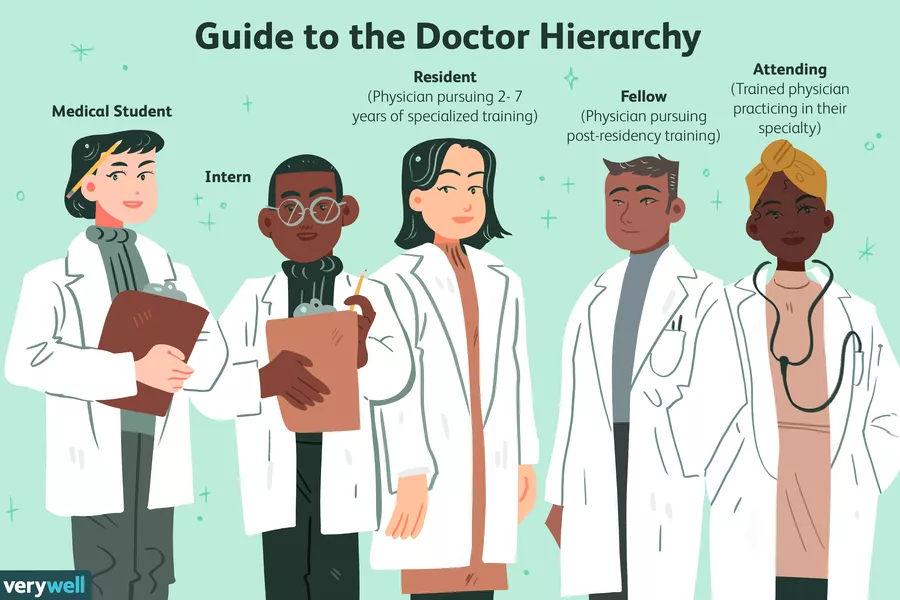
Are you contagious?
A person with shingles can pass the varicella-zoster virus to anyone who isn’t immune to chickenpox. This usually occurs through direct contact with the open sores of the shingles rash. Once infected, though, the person will develop chickenpox rather than shingles.
Chickenpox can be dangerous for some people. Until your shingles blisters scab over, you are contagious. Avoid physical contact with anyone who hasn’t yet had chickenpox or the chickenpox vaccine. That includes people with weakened immune systems, pregnant women and newborns.
Risk factors
Anyone who has ever had chickenpox can develop shingles. Most adults in the United States had chickenpox when they were children. That was before the availability of the routine childhood vaccination that now protects against chickenpox.
Factors that may increase your risk of developing shingles include:
- Age. The risk of developing shingles increases with age.
 Shingles typically occurs in people older than 50. And people over the age of 60 are more likely to experience more-severe complications.
Shingles typically occurs in people older than 50. And people over the age of 60 are more likely to experience more-severe complications. - Some diseases. Diseases that weaken your immune system, such as HIV/AIDS and cancer, can increase your risk of shingles.
- Cancer treatments. Radiation or chemotherapy can lower your resistance to diseases and may trigger shingles.
- Some medications. Drugs that prevent rejection of transplanted organs can increase your risk of shingles. Long-term use of steroids, such as prednisone, may also increase your risk of developing shingles.
Complications
Complications from shingles can include:
- Postherpetic neuralgia. For some people, shingles pain continues long after the blisters have cleared. This condition is known as postherpetic neuralgia. It occurs when damaged nerve fibers send confused and exaggerated messages of pain from your skin to your brain.

- Vision loss. Shingles in or around an eye (ophthalmic shingles) can cause painful eye infections that may result in vision loss.
- Neurological problems. Shingles may cause inflammation of the brain (encephalitis), facial paralysis, or problems with hearing or balance.
- Skin infections. If shingles blisters aren’t properly treated, bacterial skin infections may develop.
Prevention
A shingles vaccine may help prevent shingles. People who are eligible should get the Shingrix vaccine, which has been available in the United States since its approval by the Food and Drug Administration in 2017. The Zostavax vaccine is no longer available in the U.S., but other countries may still use it.
Shingrix is approved and recommended for people age 50 and older, whether they’ve had shingles or not. People who’ve had the Zostavax vaccine in the past or don’t know whether they’ve had chickenpox may also receive the Shingrix vaccine.
Shingrix is also recommended for people who are 19 years of age and older who have weakened immune systems due to disease or medication.
Shingrix is a nonliving vaccine made of a virus component. It’s given in two doses, with 2 to 6 months between doses. The most common side effects of the shingles vaccine are redness, pain and swelling at the injection site. Some people also experience fatigue, headache and other side effects.
The shingles vaccine doesn’t guarantee that you won’t get shingles. But this vaccine will likely reduce the course and severity of the disease. And it will likely lower your risk of postherpetic neuralgia. Studies suggest that Shingrix offers protection against shingles for more than five years.
Talk to your health care provider about your vaccination options if you:
- Have had an allergic reaction to any component of the shingles vaccine
- Have a weakened immune system due to a condition or medication
- Have had a stem cell transplant
- Are pregnant or trying to become pregnant
The shingles vaccine is used only as a way to prevent shingles.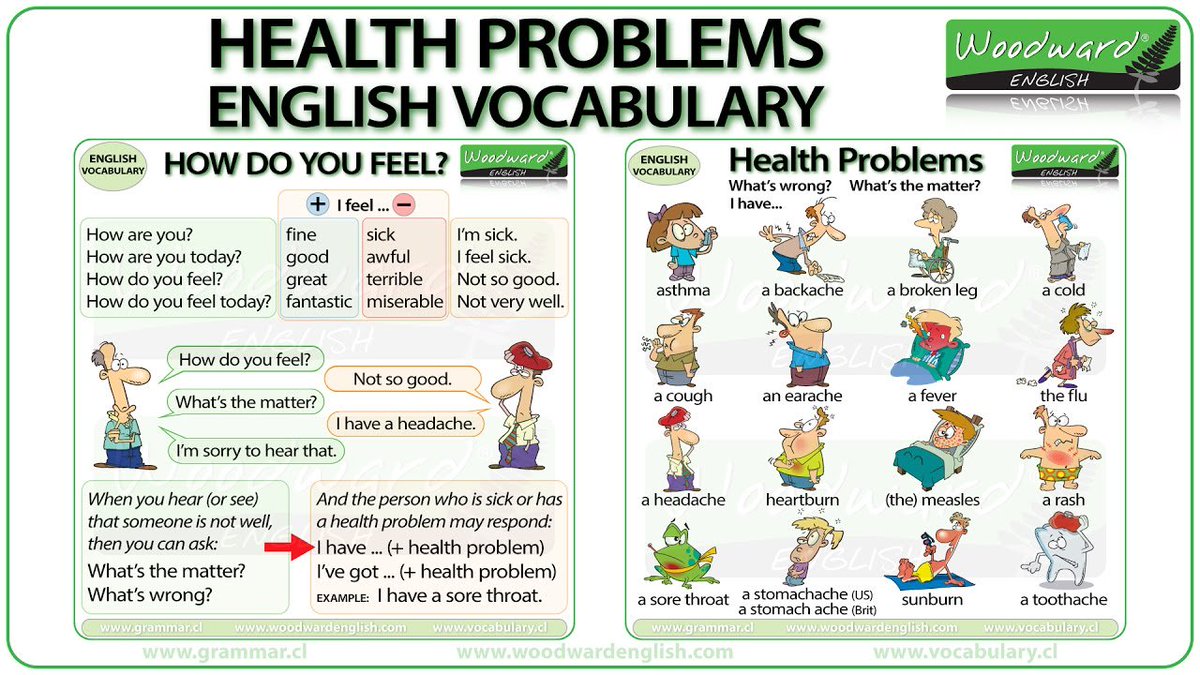 It’s not intended to treat people who currently have the disease.
It’s not intended to treat people who currently have the disease.
More Information
Shingles (Herpes zoster) – treatment in adults and children, symptoms, is it contagious, prevention, which doctor treats
I confirm
More
- INVITRO
- Library
- Disease Handbook
- Shingles…
Herpes
Rash
Intoxication
268
August, 26th
Shingles (Herpes zoster): causes, symptoms, diagnosis and treatment.
Herpes zoster is an infectious disease whose causative agent (herpesvirus type 3) also causes chicken pox.
Since the virus, penetrating into sensitive nerve endings, is integrated into the genetic apparatus of nerve cells, it is impossible to remove it from the body. In those who have had chickenpox, the virus goes into a latent (inactive) state.
When the immune system is weakened, the virus is activated, affecting the skin. The disease often develops in the elderly and in immunocompromised individuals.
Causes of disease
The virus is transmitted from a patient with chicken pox or herpes zoster by contact or airborne droplets. The person who becomes infected primarily (most often a child) gets chickenpox. Penetrating through the mucous membranes into the blood and lymph, the virus reaches the nerve cells, where it begins to multiply. After recovery, the virus remains in the body for life, often being in an inactive state. The awakening of the infection is associated with weakened immunity caused by hypothermia, long-term use of steroid hormones, immunosuppression (after transplantation), chemotherapy and radiation therapy, as well as a general decrease in immunity in patients with blood diseases, oncological and viral diseases. Shingles is very severe in HIV-infected patients.
Shingles is very severe in HIV-infected patients.
Classification of herpes zoster
The clinical picture of herpes zoster consists of skin manifestations and neurological disorders. There are typical and atypical forms of the disease. With an atypical form, an erased course of the disease is possible, in which papules develop in the foci of hyperemia, which do not transform into vesicles.
In herpes zoster, the spread of the pathological process corresponds to a certain area of the skin and does not cross the anatomical midline of the trunk. In most patients, the rash is preceded by a burning or itching sensation in a specific area of the skin, as well as pain, which can be stabbing, throbbing, shooting, paroxysmal or constant. In a number of patients, the pain syndrome is accompanied by general systemic inflammatory manifestations: fever, malaise, myalgia, and headache.
Infection of the central nervous system and involvement of the meninges can produce meningeal, encephalic (symptoms suggest virus involvement of the brain and/or spinal cord and meninges), or mixed forms of herpes zoster. If the infection spreads along the optic nerve, ophthalmic herpes develops.
If the infection spreads along the optic nerve, ophthalmic herpes develops.
When a rash appears over the entire surface of the skin and on parenchymal organs (eg, liver, kidneys), a generalized form of herpes zoster develops. Another type of shingles is hemorrhagic. A characteristic feature is the bloody fluid inside the vesicles.
Symptoms of herpes zoster
The onset of the disease is accompanied by general intoxication, malaise and fever. Nausea and vomiting are possible. Lymph nodes are enlarged.
There are pronounced pains along the affected nerve, which can be permanent, but more often they are paroxysmal itchy in nature, intensifying at night.
As a rule, they are provoked by any irritants: touching the skin, cold, movement. Some patients complain of loss of sensation in certain areas of the skin, which may be combined with increased pain response. Sometimes the pain syndrome in the absence of skin rashes can resemble angina pectoris, myocardial infarction, renal colic, or pancreatitis. The period of neuralgia preceding the rash lasts up to 7 days. Then nodules appear on one side of the body, from which bubbles form with transparent contents, which gradually become cloudy. After 3-7 days, most of the bubbles dry up with the formation of yellow-brown crusts. When the bubbles are injured, bright red sores are exposed. After the sores heal, small scabs or scars remain on the skin.
The period of neuralgia preceding the rash lasts up to 7 days. Then nodules appear on one side of the body, from which bubbles form with transparent contents, which gradually become cloudy. After 3-7 days, most of the bubbles dry up with the formation of yellow-brown crusts. When the bubbles are injured, bright red sores are exposed. After the sores heal, small scabs or scars remain on the skin.
Most often, rash and pain are noted in the region of the ribs, lower back and sacrum, less often along the branches of the trigeminal, facial and ear nerve and on the extremities.
In rare cases, the mucous membranes are affected.
Herpes zoster diagnostics
It is possible to make a diagnosis after examining and questioning the patient. The doctor pays attention to the nature of the rash (localized and unilateral), the type of vesicles and complaints of itchy burning pain. It is more difficult to identify the atypical form of herpes zoster. With an erased form, pain and other neurological symptoms may be absent. In case of neurogenic disorders before the appearance of rashes, the diagnosis can be made on the basis of the results of laboratory tests. In this case, a histological examination is used, and the virus is isolated in cell culture. The Zanck test helps to quickly confirm the herpetic nature of the rashes: giant multinucleated cells are found in the scraping of the material taken from the base of the vesicle. However, this test does not make it possible to determine the type of herpes. The methods of enzyme immunoassay and indirect immunofluorescent reaction are also used. Recently, the diagnosis of viral infections is carried out using the polymerase chain reaction (PCR).
In case of neurogenic disorders before the appearance of rashes, the diagnosis can be made on the basis of the results of laboratory tests. In this case, a histological examination is used, and the virus is isolated in cell culture. The Zanck test helps to quickly confirm the herpetic nature of the rashes: giant multinucleated cells are found in the scraping of the material taken from the base of the vesicle. However, this test does not make it possible to determine the type of herpes. The methods of enzyme immunoassay and indirect immunofluorescent reaction are also used. Recently, the diagnosis of viral infections is carried out using the polymerase chain reaction (PCR).
Antibodies of the IgG class to the Varicella-Zoster virus (Varicella-Zoster Virus IgG, anti-VZV IgG, antibodies of the IgG class to the varicella-zoster virus and shingles)
Synonyms: Blood test for antibodies to the chickenpox virus; Chicken pox; Human herpes virus type 3; HBV-3 type; varicellae-zoster virus; Herpes zoster.:max_bytes(150000):strip_icc()/shingles-diagnosis-5ae0bfd78e1b6e0037a5a5dc.png)
chickenpox; Human h…
Up to 4 business days
Available with house call
RUB 965
Add to cart
Antibodies of the IgM class to the Varicella-Zoster virus (Varicella-Zoster Virus IgM, anti-VZV IgM, antibodies of the IgM class to the varicella-zoster virus and herpes zoster)
Synonyms: Blood test for antibodies to the chickenpox virus; Chicken pox; Human herpes virus type 3; HBV-3 type; varicellae-zoster virus; Herpes zoster.
chickenpox; Human herp…
Up to 1 business day
Available with home visit
1 050 RUB
Add to cart
Which doctors to contact
Depending on the primary symptoms, patients with herpes zoster may see different specialists. However, first of all, you should go to
However, first of all, you should go to
therapist for examination and referrals for tests. If limited, localized skin rashes appear and there are no pain symptoms, it is necessary to contact a dermatologist for differential diagnosis of erysipelas (caused by bacteria), eczema, etc. In case of severe pain syndrome, movement disorders, consultation is necessary
neurologist. In case of damage to the eyes, pain when moving the eyeballs, an ophthalmologist’s consultation is required. The generalized form of herpes often requires hospitalization and the combined efforts of an immunologist, a neurologist, and a dermatologist.
Herpes zoster treatment
With any localization of rashes, antiviral agents are first prescribed (the drug, the frequency of administration and dosage are determined by the attending physician!).
Their action is especially effective in the first 72 hours from the onset of clinical manifestations.
In the presence of a strong pain syndrome, the doctor may recommend anti-inflammatory therapy. However, contraindications must be taken into account (for example, chronic diseases such as arterial hypertension, diabetes mellitus, erosive lesions of the intestine, peptic ulcer of the stomach and duodenum). If analgesics don’t work, your doctor may prescribe central analgesics (often prescription drugs) and nerve blocks. External (topical) treatment is necessary to eliminate inflammation and prevent infection of the skin by other agents (eg, bacteria). With erosive forms of herpes zoster, creams and ointments with antibacterial action are applied to the affected areas.
However, contraindications must be taken into account (for example, chronic diseases such as arterial hypertension, diabetes mellitus, erosive lesions of the intestine, peptic ulcer of the stomach and duodenum). If analgesics don’t work, your doctor may prescribe central analgesics (often prescription drugs) and nerve blocks. External (topical) treatment is necessary to eliminate inflammation and prevent infection of the skin by other agents (eg, bacteria). With erosive forms of herpes zoster, creams and ointments with antibacterial action are applied to the affected areas.
Your doctor may also recommend treatments to improve immunity, such as taking vitamins (particularly B vitamins).
Complications
When the vesicles open, a secondary infection (bacterial infection of the skin) is possible, which is accompanied by fever and general intoxication.
Typical complications of herpes zoster include neuritis, paresis and paralysis of sensory and motor nerves.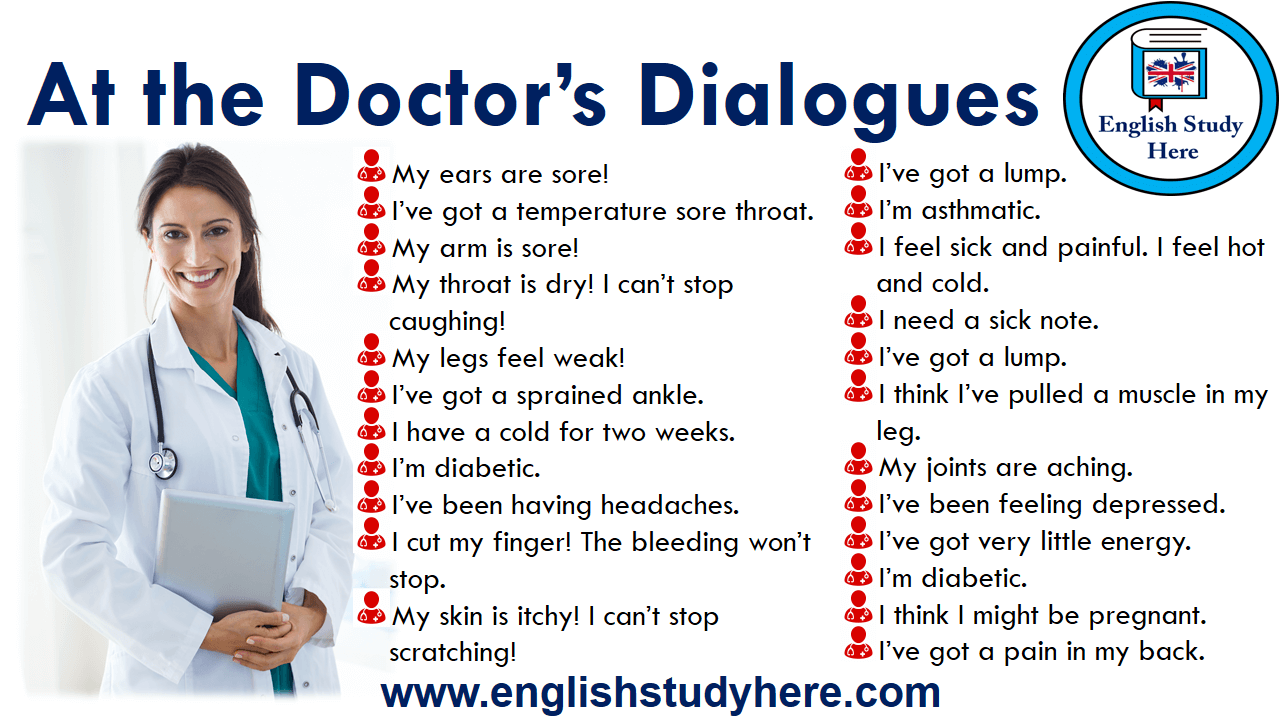
Postherpetic neuralgia is difficult to treat.
The ocular form of herpes can lead to keratitis (inflammation of the cornea), less often to iritis (inflammation of the iris) or glaucoma (increased intraocular pressure). In addition, the development of optic neuritis is possible, sometimes with its subsequent atrophy and blindness. With the defeat of the branch of the oculomotor nerve, ptosis develops (drooping of the upper eyelid). Sometimes patients complain of hearing loss, damage to the vestibular apparatus, in severe cases – paralysis and paresis of the oral cavity. In addition, patients may report tinnitus or increased sensitivity to sounds. Damage to the lumbosacral nerve nodes sometimes leads to urinary retention, constipation or diarrhea. In patients with significantly weakened immunity (with HIV infection, oncological diseases), herpes zoster often occurs in a generalized form and is complicated by meningitis, encephalitis, or meningoencephalitis.
Shingles prevention
Since shingles is caused by the same pathogen as varicella, prevention of the disease will be based on the same measures as with chickenpox.
To prevent the spread of infection, isolation of the patient is necessary, which lasts up to 5 days from the moment the last element of the rash appears.
Persons who have been in contact with a patient with chickenpox are observed for 21 days. Active (vaccination) and passive (immunoglobulin administration) immunization are used as emergency prophylaxis. Vaccination is carried out for children older than 12 months and adults with no contraindications in the first 72-96 hours after probable contact with a person with chickenpox or shingles. Passive immunization with anti-varicella immunoglobulin is indicated for people with low immunity who have contraindications to vaccinations, pregnant women, children under 12 months of age and newborns whose mothers fell ill with chicken pox within 5 days before the birth of the child. The introduction of immunoglobulin is also carried out within 72-96 hours after contact with a patient with chicken pox or herpes zoster.
References
- Herpes zoster: Clinical guidelines.
 Ministry of Health of the Russian Federation. 2016.
Ministry of Health of the Russian Federation. 2016. - Decree of the Chief State Sanitary Doctor of the Russian Federation dated February 5, 2018 No. 12 on the approval of SP 3.1.3525-18 “Chickenpox and Shingles Prevention”. 2018.
IMPORTANT!
The information in this section should not be used for self-diagnosis or self-treatment. In case of pain or other exacerbation of the disease, only the attending physician should prescribe diagnostic tests. For diagnosis and proper treatment, you should contact your doctor.
For a correct assessment of the results of your analyzes in dynamics, it is preferable to do studies in the same laboratory, since different laboratories may use different research methods and units of measurement to perform the same analyzes.
Recommendations
Insulinoma
7133
04 July
Lisp
7133
June 29
Stevens-Johnson Syndrome
7153
June 28
Show 9 more0003
Bloating
Abdominal pain
Nausea
Intoxication
Hirschsprung’s disease
Hirschsprung’s disease: causes, symptoms, diagnosis and treatment.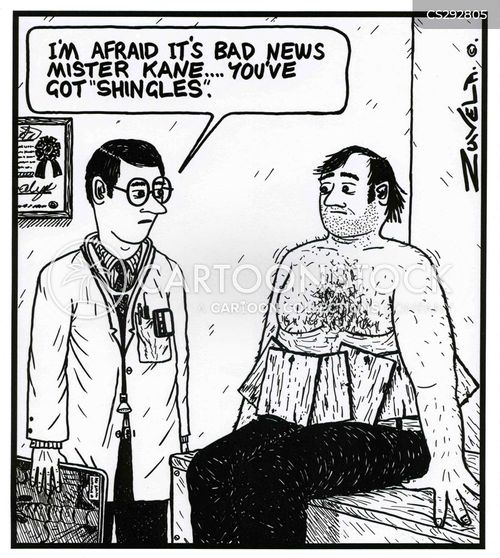
More
Osteosarcoma
Chondrosarcoma
Myosarcoma
Liposarcoma
Synovial sarcoma
Fibrosarcoma
Neuro fibromatosis
Retinoblastoma
Lymphedema
Immunodeficiency virus
Herpes
Sarcoma
Sarcoma: causes, symptoms, diagnosis and treatment.
More
Diabetes mellitus
Intoxication
Obesity
Lymphostasis
Tonsillitis
Sinusitis
Caries
Periodontium oz
Osteomyelitis
Thrombophlebitis
Erysipelas or erysipelas
Erysipelas: causes, symptoms, diagnosis and treatment.
More
Fungus
Brucellosis
Herpes
Rubella
Leptospirosis
Lyme disease
Syphilis
Tuberculosis
Toxoplasmosis and toxocariasis
Lachrymation
Photophobia
Cloudy vision
Decreased vision
Uveitis
Uveitis: causes, symptoms, diagnosis and treatment.
More
Chickenpox
Herpes
Postherpetic neuralgia
Postherpetic neuralgia: causes, symptoms, diagnosis and treatment.
More
Subscribe to our newsletters
Enter e-mail
I consent to
processing of personal data
Subscribe
Treatment of shingles (herpes zoster) in Samara in the private clinic “Vocation”
Shingles is a serious infectious disease caused by the herpes virus.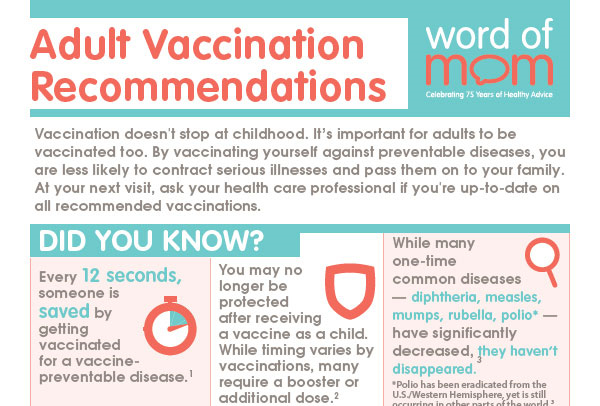 Inflammations differ in the volume of the rash, the depth of damage and the severity of the course. According to the severity, mild, moderate and severe herpes zoster are distinguished. The entire cycle of the disease is usually 2-3 weeks. The probability of getting sick during life is 10-20%. The main risk factor for the appearance of herpes zoster is a decrease in immunity (most patients are over 55 years old), malignant neoplasms, chemotherapy, radiation therapy, HIV infection.
Inflammations differ in the volume of the rash, the depth of damage and the severity of the course. According to the severity, mild, moderate and severe herpes zoster are distinguished. The entire cycle of the disease is usually 2-3 weeks. The probability of getting sick during life is 10-20%. The main risk factor for the appearance of herpes zoster is a decrease in immunity (most patients are over 55 years old), malignant neoplasms, chemotherapy, radiation therapy, HIV infection.
Varieties of herpes zoster: without complications, with encephalitis, with meningitis, with eye complications, with pneumonia, with other complications.
Main symptoms of shingles:
Causes of shingles
You can get infected with shingles by airborne droplets (droplets of saliva when sneezing, kissing, etc.), contact, due to blood transfusion. Perhaps intrauterine infection and infection during childbirth, during lactation. Also, the appearance of herpes zoster may be due to a weakened immune system in people who had chicken pox (chickenpox) in childhood, since the diseases are caused by the same virus that persists in the body for life.
Diagnosis of herpes zoster (herpes zoster)
The following methods are used to diagnose shingles:
External examination by a dermatologist
An initial assessment of the patient’s condition is made, the severity of the disease is identified.
Medical history (examination of the history and possible cause of the disease)
A dermatologist at the Vocation Clinic will carefully study the patient’s medical history and help identify the causes that led to its occurrence. Treatment of herpes zoster is closely related to the identification of factors that reduce the patient’s immunity, so the diagnosis of the disease may require consultation and examination of other doctors (neurologist, gastroenterologist, immunologist, and others).
Herpes zoster treatment
Treatment in the clinic “Vocation” is carried out with the use of antiviral drugs, immunostimulation and immunomodulation under the supervision of the attending dermatologist.

 Shingles typically occurs in people older than 50. And people over the age of 60 are more likely to experience more-severe complications.
Shingles typically occurs in people older than 50. And people over the age of 60 are more likely to experience more-severe complications.
 Ministry of Health of the Russian Federation. 2016.
Ministry of Health of the Russian Federation. 2016.